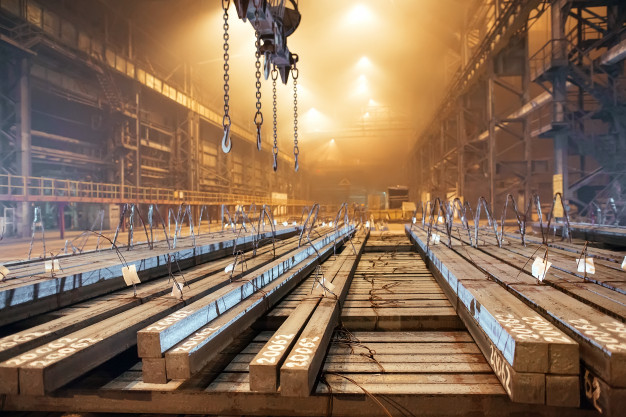
Getting to Know the Advancement of the Workshop and Manufacturing Industry
The industrial sector in Indonesia has experienced significant development and improvement along with public awareness of the importance of innovating amid intense competition in the world of work. One of them is the workshop and manufacturing industry which deals in the workshop and production sectors which will encourage domestic economic growth to be better especially now that it has been supported by many of the best lifting equipment.
Advanced Business Workshop and Manufacturing in Indonesia as the Mainstay of the Economic Sector
The definition of the workshop and manufacturing industry is an industry that has the main activity to change raw materials, parts and other components into a finished product that is of high quality and meets the standards according to its specifications. Both industries are generally able to produce on a large scale. The process is to change raw materials or raw materials into goods that are half-finished or ready-made that have their own added value, the process is done with or without a machine.
This industry not only has the main function in producing and processing materials, but there are still many other important things ranging from administrative functions, marketing functions, financial functions, general and so on. If even one function does not work, then obviously there will be no goods produced or sold in it. In this industry, it is not only material and natural resources that are used but also human resources that process them.
How Big is the Development of Workshop and Manufacturing Industry in Indonesia
Until now, the workshop and manufacturing industry sector has experienced rapid development and is predicted to continue developing again in the following years. No wonder the Ministry of Industry is currently focusing on continuing to boost the five industrial sectors that are considered the most promising to help domestic economic growth, namely electronics, chemicals, textiles and clothing, food and beverages until the last sector is automotive. This sector was chosen because of the evaluation of the criteria and also the economic impact that was given.
All of these industries affect other industries and also affect investment returns so they are reliable and it is expected that more than 60 percent will contribute to GDP as a significant contribution. Thus, all these sectors will support the domestic economy while simultaneously inspiring other industries to continue developing one another for the sake of economic progress not only in the country but can compete with other countries in the world.
